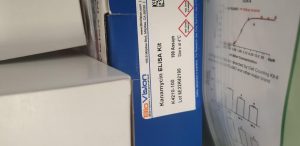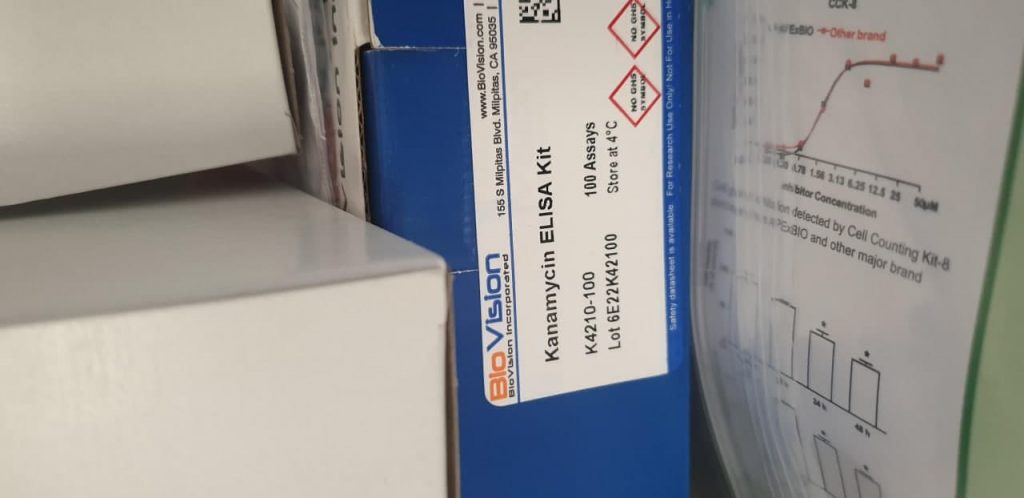Following the decline in Physical Activity (PA) because of COVID-19 restrictions in the kind of authorities mandated lockdowns and closures of public areas, the modulatory impact of bodily exercise on immunity is being closely revisited. In an try to grasp the broad discrepancy in affected person response to COVID-19 and the elements that doubtlessly modulate it, we summarize the findings relating PA to irritation and immunity. A distinction is drawn between average depth and excessive depth bodily exercise based mostly on the excessive lactate manufacturing noticed in the latter. We hypothesize that, the lactate manufacturing related to excessive depth anaerobic exercise is implicated in the modulation of a number of elements of the innate and adaptive immunity.
In this assessment, we additionally summarize these immunomodulatory results of lactate. These embody growing serum IL-6 ranges, the foremost mediator of cytokine storms, in addition to affecting NK cells, Macrophages, Dendritic cells and cytotoxic T-lymphocytes. The implications of excessive lactate ranges in athletic efficiency are highlighted the place athletes ought to endure endurance coaching to extend VO2 max and decrease lactate manufacturing. Tumor fashions of hypoxia had been additionally reported the place lactate ranges are elevated resulting in elevated invasiveness and angiogenesis. Accordingly, the novel lactate blocking technique employed in most cancers therapy is evaluated for its potential profit in COVID-19 along with the available beta-blockers as an antagonist to lactate. Finally, we advise the diagnostic/prognostic goal of the elevated lactate ranges that may be decided by sweat lactate testing. It is the detrimental impact of lactate on immunity and its presence in sweat that qualify it for use as a potential non-invasive marker of poor COVID-19 end result.
There had been 447 encounters, with 303 (67.8%) in-person, 98 (21.9%) video, and 46 (10.3%) phone. Patient satisfaction information was obtained from 251 sufferers. There was comparable affected person satisfaction amongst all encounter modalities. Both sufferers and physicians had been extra prone to deem an in-person encounter as full. Physicians had been extra prone to report an in-person encounter to be full for meals allergy (p<0.001) and persistent rhinitis (p=0.001) as in comparison with video or phone, whereas sufferers reported in-person encounters for meals allergy to be full as in comparison with different modalities (p=0.002). Patients reported that future encounter sorts ought to depend upon the scientific state of affairs. There was comparable affected person satisfaction with in-person, video, and phone encounters in an allergy/immunology follow throughout the COVID-19 pandemic. Chronic rhinitis and meals allergy usually tend to name for an in-person analysis. New affected person visits are prone to be the most high-yield to deal with for in-person evaluations.
Eicosanoid Signaling in Insect Immunology: New Genes and Unresolved Issues
This paper is targeted on eicosanoid signaling in insect immunology. We start with eicosanoid biosynthesis by the actions of phospholipase A2, accountable for hydrolyzing the C18 polyunsaturated fatty acid, linoleic acid (18:2n-6), from mobile phospholipids, which is subsequently transformed into arachidonic acid (AA; 20:4n-6) by way of elongases and desaturases. The synthesized AA is then oxygenated into one of three teams of eicosanoids, prostaglandins (PGs), epoxyeicosatrienoic acids (EETs) and lipoxygenase merchandise. We mark the distinction between mammalian cyclooxygenases and bug peroxynectins, each of which convert AA into PGs. One PG, PGI2 (additionally known as prostacyclin), is newly found in bugs, as a unfavourable regulator of immune reactions and a optimistic sign in juvenile growth.
Two new parts of insect PG biology are a PG dehydrogenase and a PG reductase, each of which enact crucial PG catabolism. EETs, that are produced from AA by way of cytochrome P450s, additionally act in immune signaling, performing as pro-inflammatory alerts. Eicosanoids sign a variety of mobile immune reactions to infections, invasions and wounding, together with nodulation, cell spreading, hemocyte migration and releasing prophenoloxidase from oenocytoids, a category of lepidopteran hemocytes. We briefly assessment the comparatively scant data on insect PG receptors and observe PGs additionally act in intestine immunity and in humoral immunity. Detailed new info on PG actions in mosquito immunity in opposition to the malarial agent, Plasmodium berghei, has just lately emerged and we deal with this thrilling new work. The new findings on eicosanoid actions in insect immunity have emerged from a really broad vary of analysis at the genetic, mobile and organismal ranges, all happening at the worldwide degree.
Characteristics of COVID-19 an infection and antibody formation in a Tertiary Immunology division
Knowledge about COVID-19 infections is increasing, though data about the illness course and antibody formation in sufferers with an auto-immune illness or immunodeficiency is just not totally unraveled but. It might be hypothesized that immunodeficient sufferers, because of immunosuppressive medication or their illness, have a extra extreme illness course because of their immunocompromised state. However, it is also hypothesized that some of the immunosuppressive medication shield in opposition to a hyperinflammatory state.
[Linking template=”default” type=”products” search=”Luteinizing Hormone Enzyme Immunoassay Test Kit” header=”3″ limit=”126″ start=”1″ showCatalogNumber=”true” showSize=”true” showSupplier=”true” showPrice=”true” showDescription=”true” showAdditionalInformation=”true” showImage=”true” showSchemaMarkup=”true” imageWidth=”” imageHeight=””]
We collected information on the incidence of COVID-19, illness course and SARS-CoV-2 antibody formation in COVID-19 optimistic sufferers in a cohort of sufferers (n= 4497) identified at the Clinical Immunology outpatient clinic in a tertiary care hospital in the Netherlands.In the first six months of the pandemic, 16 sufferers had been recognized with COVID-19, 14 by nasal swab PCR, and a couple of sufferers by SARS-CoV-2 antibodies. Eight sufferers had been admitted to the hospital. SARS-CoV-2 antibodies had been measured in Eight sufferers and had been detectable in all, together with one affected person on B-cell ablative remedy and one affected person with Common Variable Immunodeficiency Disorder.


